It is essential to consider the commonly-taught strategy in Economics theory prior to exploring business model. Most economic students are aware of the Ice-cream sellers example, in which a single Ice-cream seller operates in a park. However, this does not matter, as the market is not only concentrated in one location, but also in price. What if there are two ice-cream sellers in the same park? This raises an interesting question. Both Ice-cream sellers have the freedom to select their own location, set the price according to their own preferences, and compete with each other for customers. They may use their traditional business model to attract customers, and may perform better than or on par with each other, depending on their capabilities and market conditions. To maximize the effect of the crowd, it is recommended to place the store next to each other.

Let’s take a look at McDonald’s and KFC.
What is Co-location?
Co-location, also referred to as “clustering”, is a business strategy that focuses on being as close as possible to your competitor. Co-location is based on the premise that being as close to your competitor as possible can be advantageous to both parties, particularly in congested areas. It is a strategic move to enhance visibility, attract a diverse customer base, and capitalize on shared resources, ultimately benefiting both brands in terms of increased foot traffic and sales.
What if there are 2 Sellers? So the answer is obvious. The bottom line as a retailer is that you want to target the crowd. Without the crowd, no business model or strategy will work.
Ice-cream sellers are a good example of some of the most important ideas in economics, especially when it comes to competition in the market and the strategy of location. The ice-cream seller scenario can be linked to concepts like Monopolies, Oligopolies, Perfect Competitive Market and Game Theory.
In a market where there are multiple sellers, the location and pricing strategy becomes more complicated and dependent on many variables. Businesses need to balance differentiation with price competition while responding to evolving market conditions. Most successful businesses adjust their strategies to gain a competitive edge within their particular market environment. This is where business modeling plays a role.

